
It looked like a party!
I noticed all three of my horses gathered in a concentrated area on the track. It was where Skip had recently taken down a poplar tree. The tree had blown over sometime last year and was hung up on the cedars. He took it down taking the bulk of the trunk, leaving a small short section as well as the small branches from the top. Upon closer inspection I found that my horses had been having a field day nibbling on the bark! Every branch that was accessible had been stripped!
Now some of you may be worried that something bad had happened to my horses, when in fact, they were enjoying something new in their track environment, working and maintaining their teeth by stripping and chewing the bark, working their jaw muscles in a way natural to them and receiving health benefits from the poplar tree bark.
Poplar trees have a long history of use with Native Americans. They used it for such ailments as colds, fever, diarrhea, arthritis, urinary tract infections, loss of appetite and even broken bones! The broken bone use is very interesting. They made a tea from boiling the bark. When it cooled they poured it over the injury. This decoction served to ease the pain and inflammation so that the healer of the tribe could set the bone. The injury was then stabilized with poplar branches. Because the pain and inflammation was well managed, healing was much faster.
The constituents in the poplar tree which make this possible are salicin and the oleo-resin. Salicin is a compound found in a variety of plants and trees. It offers pain-relieving, anti-inflammatory and fever reducing properties. It is the compound upon which aspirin was created (that's where all modern medicines are derived from, plant constituents). The oleo-resins are the resin, fatty and essential oil of the plant, which contribute to relieving chest congestion, treating skin issues and reducing muscle pain.
Some of the other attributes associated with the poplar tree are...
astringent - causes cells and skin to contract
analgesic - pain relief
anti-rheumatic- reduces pain and stiffness in joints and connective tissue
anti-septic- inhibits the growth of micro organisms on tissue
anti-bacterial- inhibits bacteria
anti-irritant- reduces irritation
anti-fungal- inhibits fungi
Interestingly, the poplar tree is also considered a protective plant. It cancels out negativity, toxic people and toxic situations. It can restore harmony to a toxic mind! I feel like most trees do that though. Did you know that bees use the resin from the sticky buds to protect their home from invaders and disease? Kinda cool I think...
By now I hope you have a new appreciation for the poplar tree when you see one in your daily life and can see that my horses know a good thing when they find it in their living space! If you are fortunate, like me, and have many of these trees surrounding your home, then you can experience their gifts daily. And so can your horses. If you don't have them near you, perhaps you can find some nearby, at a neighbors, and can bring a few branches for your horses to enjoy?! They may not touch them at all or they may have a party like mine did! I'd be interested to know if your horses liked them too! Some other trees that your horses may enjoy are willow and pine branches.
Giving our horses something new in their living space is a great way to stimulate them mentally and emotionally, provide for them nutritionally and awaken their natural instincts. You'll be helping them to act a bit more like their wild cousins. Still, weeks after the tree came down my horses continue to visit that area. It has become a new station or place of interest for them to visit during the day as they navigate our quarter mile track.
To learn more about plants, trees and your horses along with many other holistic horse care topics, join us over in The Hearts of Horses; Empowering Through Holistic Care FB community. See you there!
All the best,
Marta



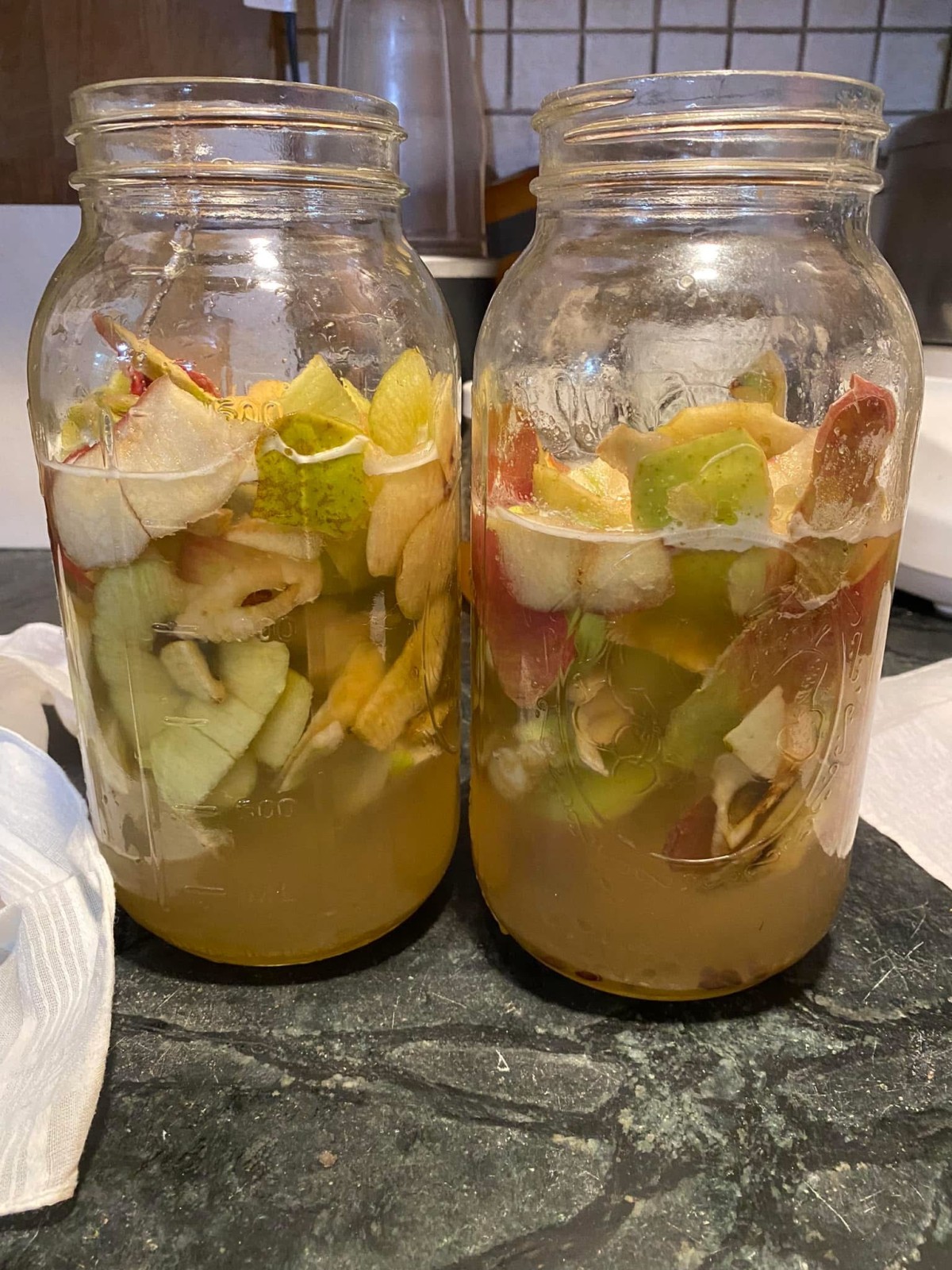
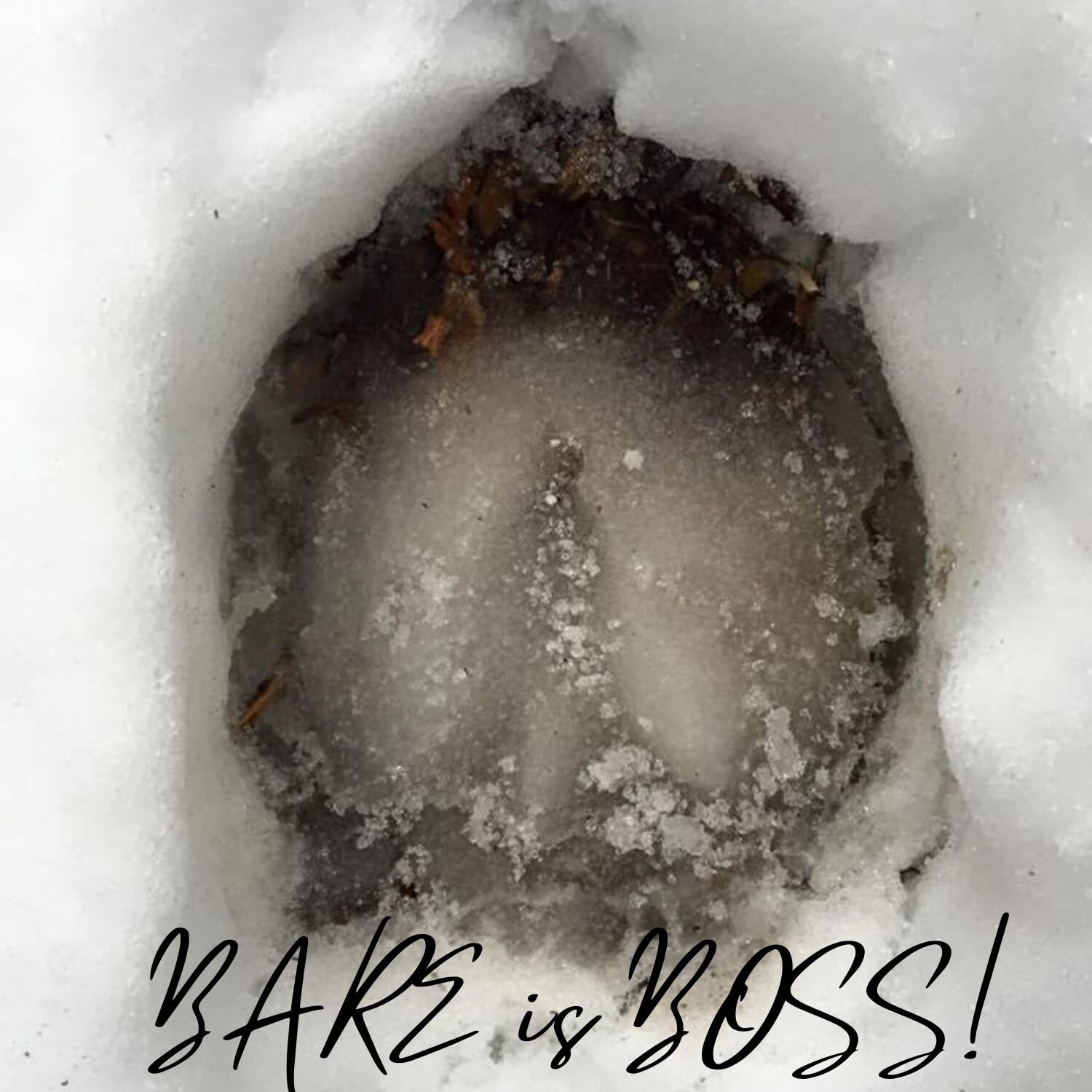

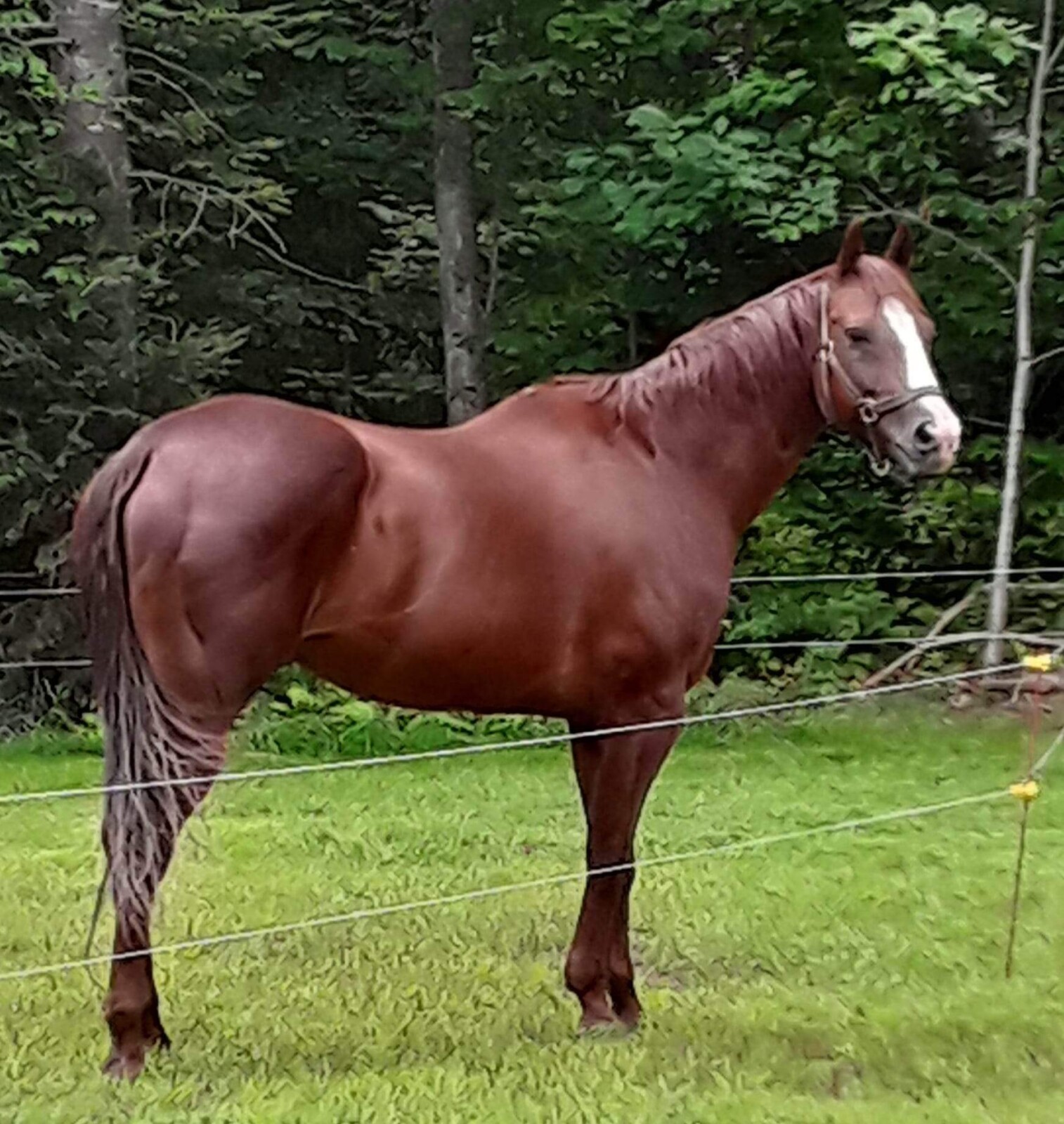
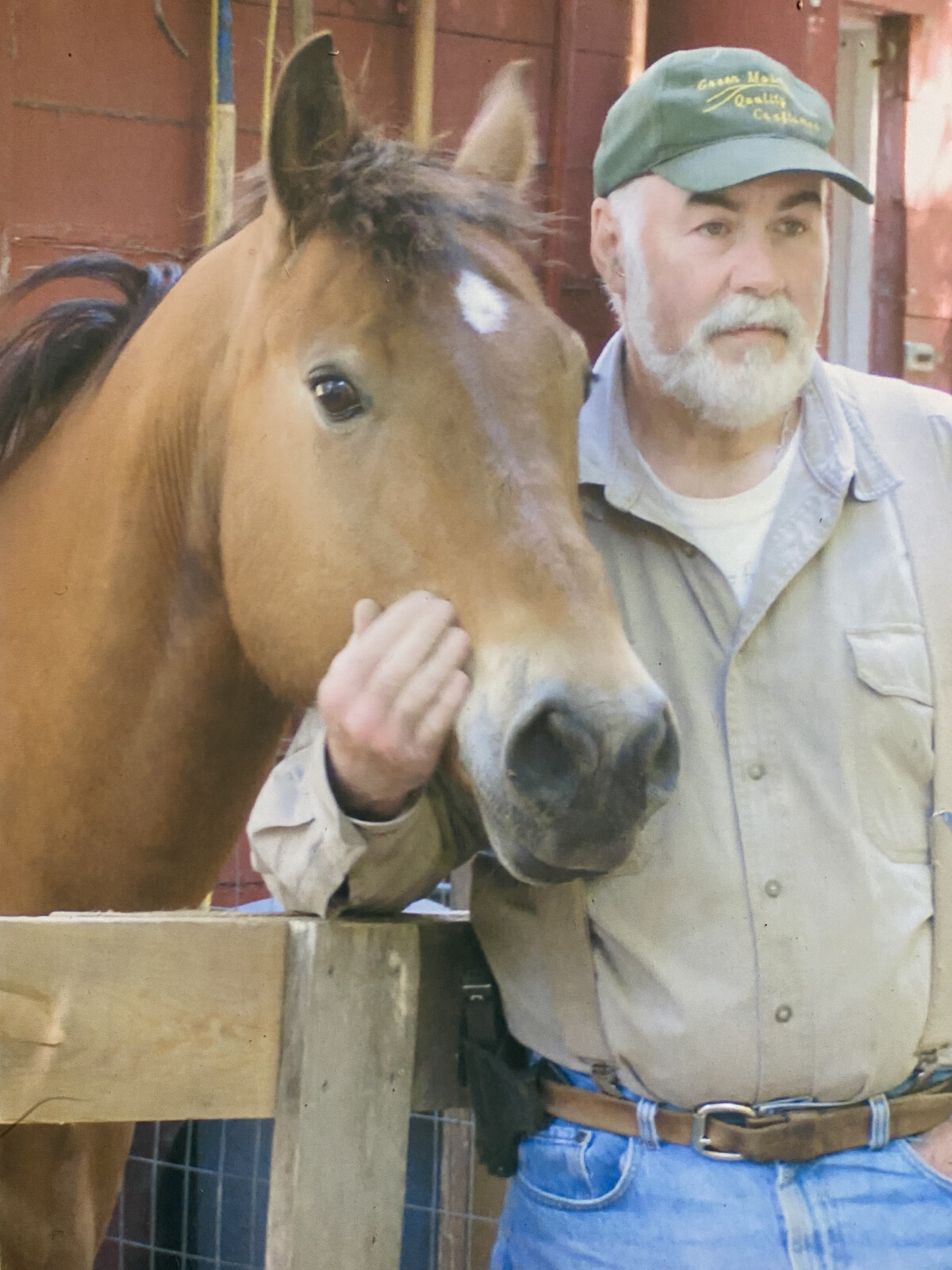
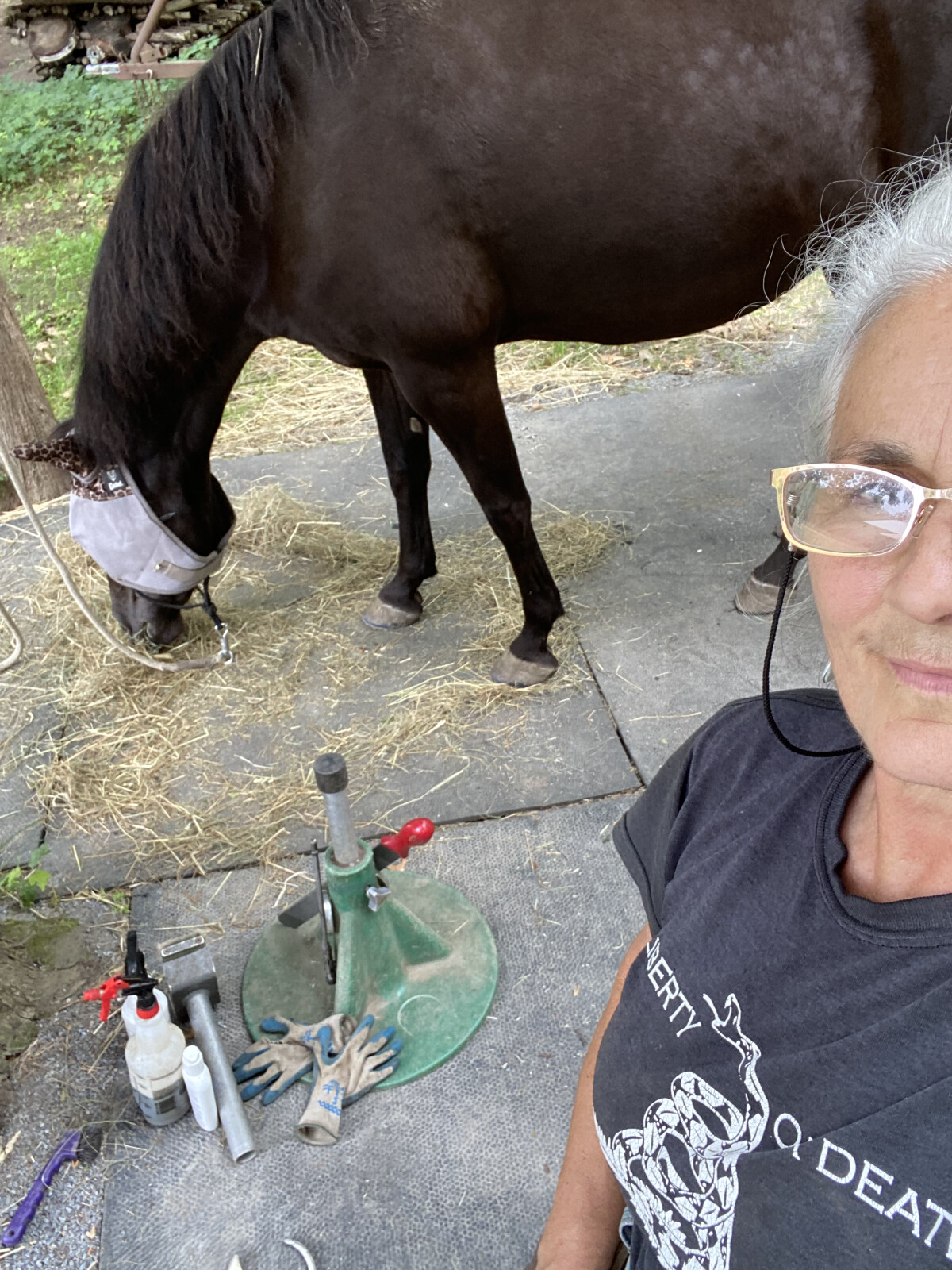
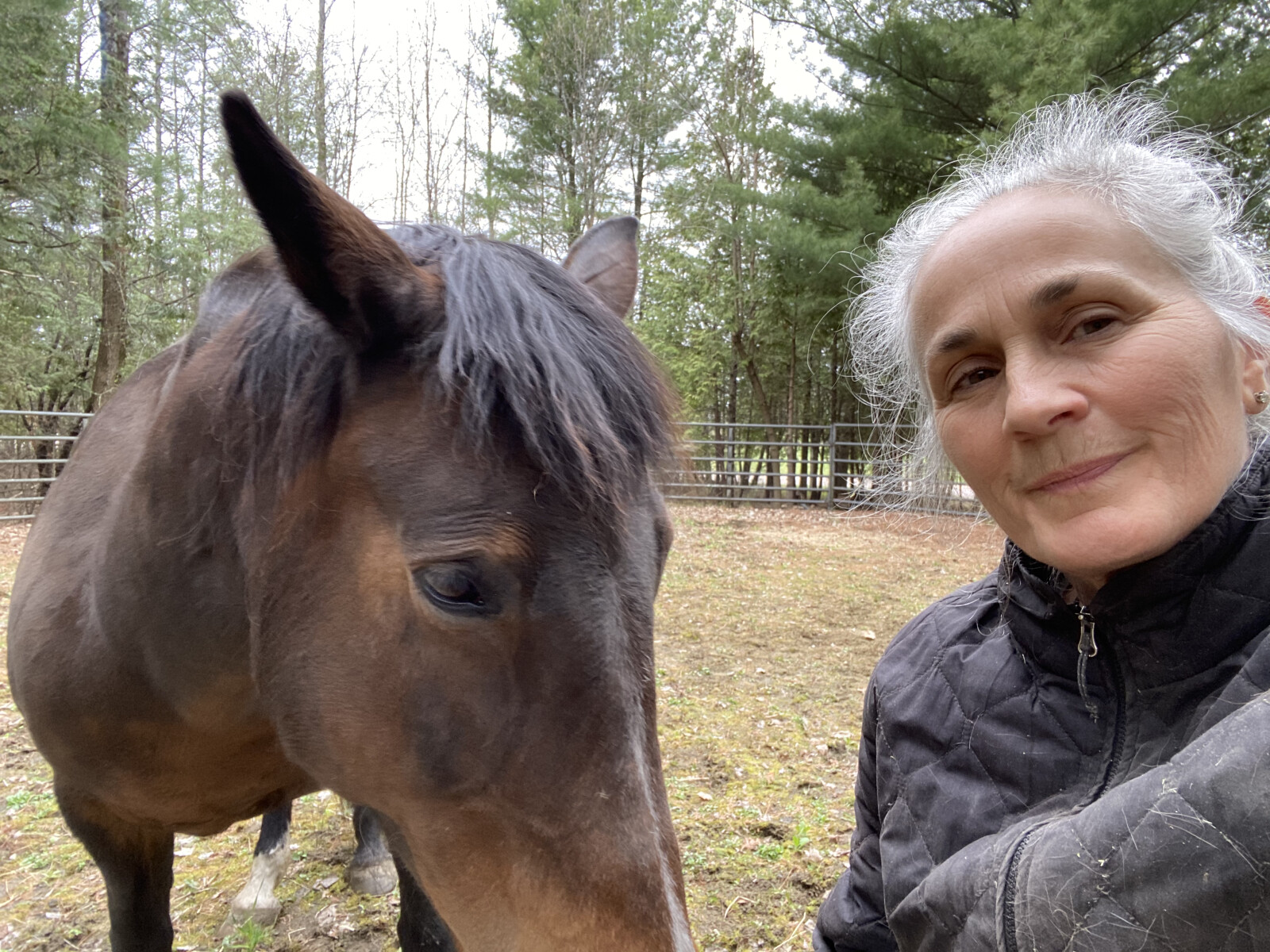
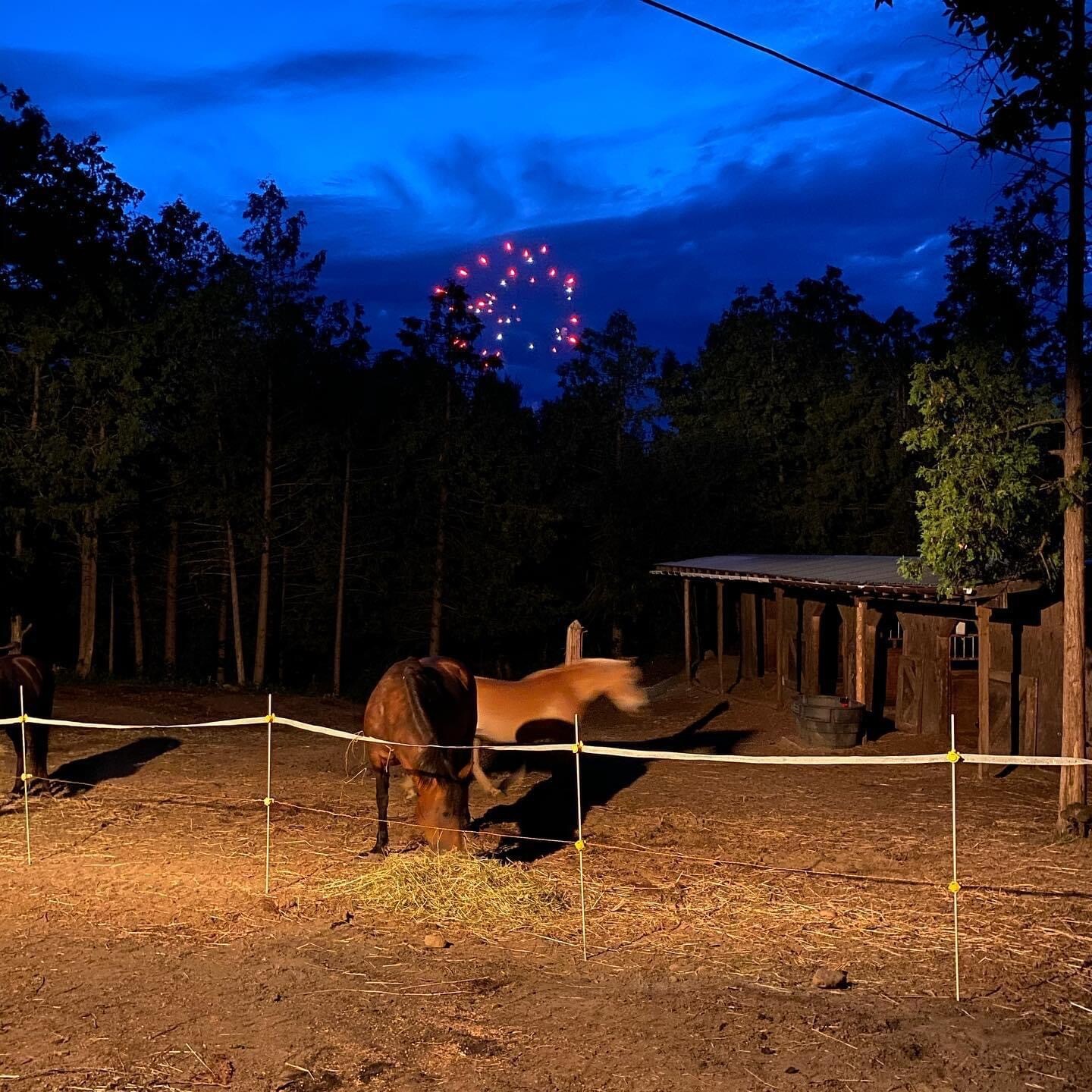
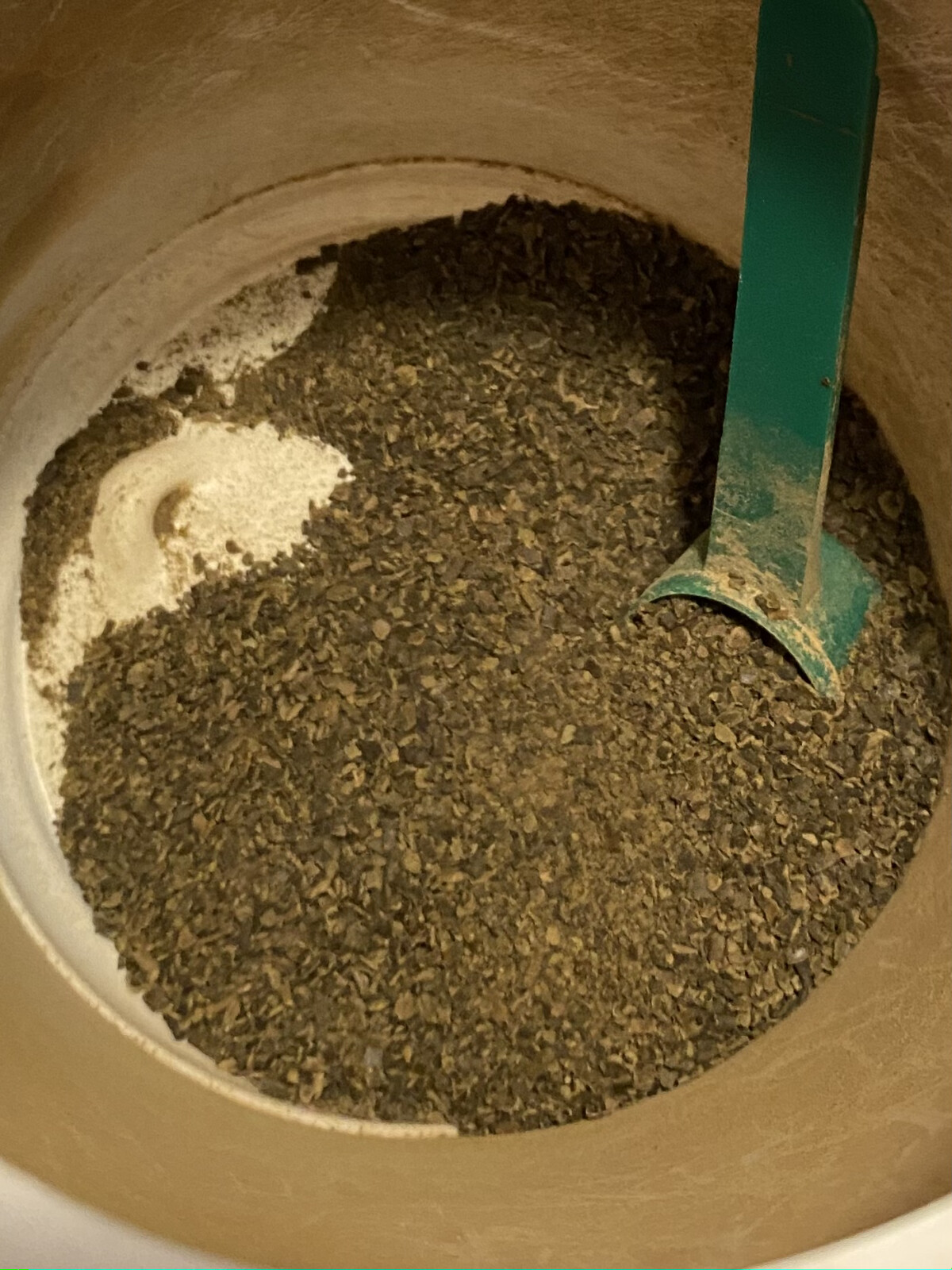
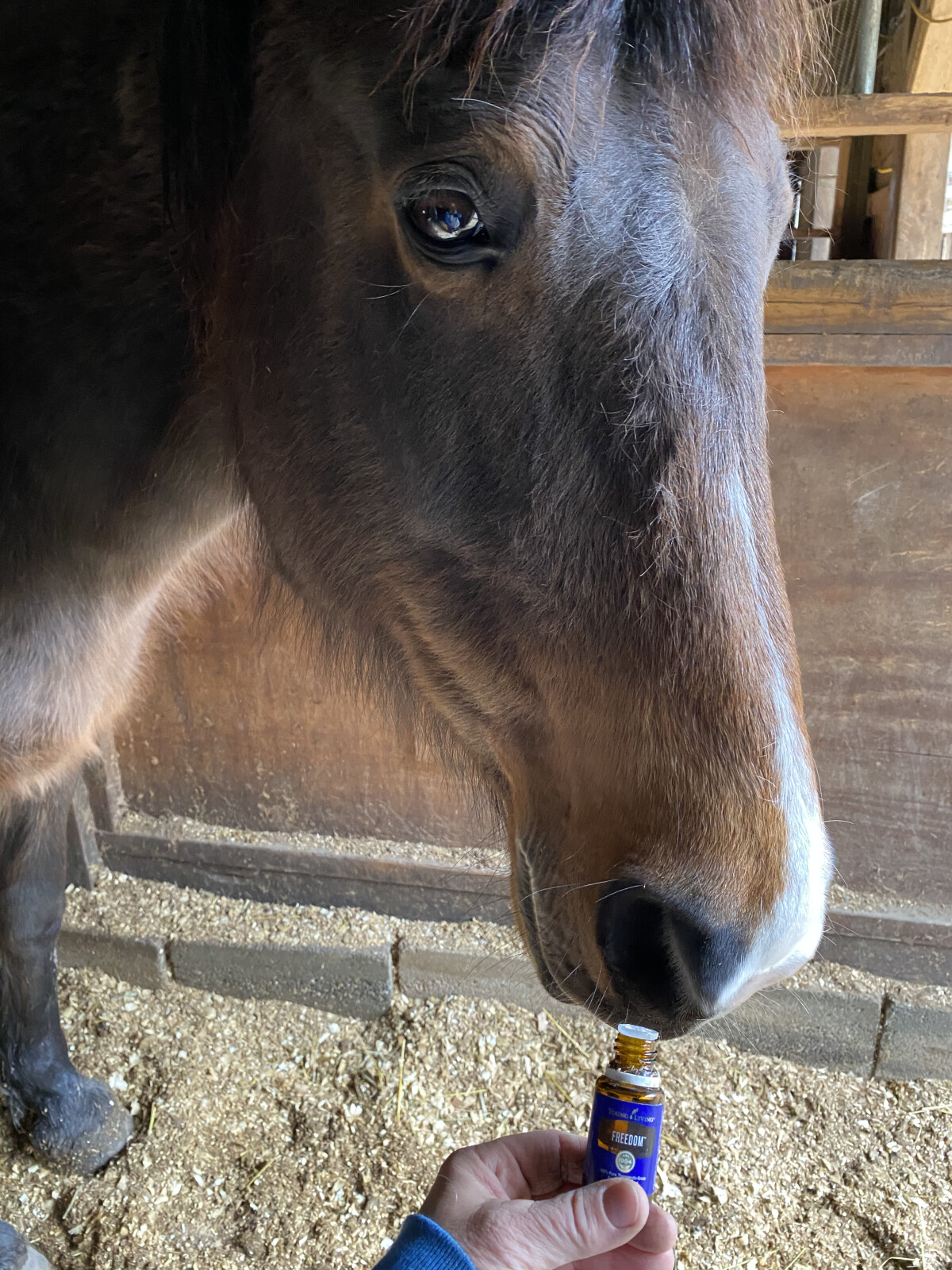

0 Comments